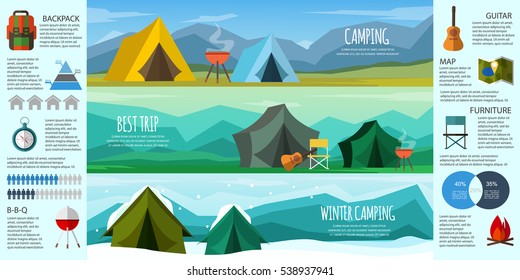Tent footprints are a fantastic way to protect your outdoor tents flooring from abrasions and prolong its practical life. Nearly all gear manufacturers offer their very own brand-specific impacts that are developed to match their particular tent models.
Does Home Depot sell camping equipment?
This tailored technique provides convenience of setup and lessens the risk of rainwater seeping in via the seams.
What are they?
Camping tent impacts (likewise called tent ground sheets or under camping tent pads) give a layer of security in between the base of your tent and the outside setting. They protect your camping tent from sharp things, moisture, and rough surface areas.
Most tent makers supply their own top quality impacts designed to fit perfectly with their marked sanctuary models. Nevertheless, these are commonly expensive and fairly hefty contrasted to DIY options like Polycryo or Tyvek.
Impacts are commonly made from durable, water resistant products such as polyurethane, nylon or silnylon. For ultralight backpackers looking for to minimize pack weight, there are also lightweight, high-strength choices made from Cuben Fiber (Dyneema). It's important to choose a footprint that's somewhat smaller sized than your outdoor tents to prevent rainwater from dripping down the sides of your sanctuary and funneling below you while you rest-- no person wants to get up in a pool! An impact is a rewarding enhancement to any camping trip. It assists make sure a lengthy life-span for your tent while adding convenience and comfort.
Just how vital are they?
Tent footprints shield the base of your tent from abrasion and moisture, helping to extend its life expectancy. They're typically made from water resistant and dirt-resistant products like polyethylene or a light-weight oxford polyester, though the denier of the material will certainly differ (the greater the denier number, the thicker and burlier).
A lot of impacts are made to precisely match the form of your camping tent's flooring, which assists lessen product waste. Lots of have grommets or loops whereby you can weave guylines for tension and stakes, guaranteeing that the footprint is securely held down.
If you camp in rough terrain or locations tent sales where there's a lot of downed branches and sharp rocks, a camping tent footprint is well worth the added weight and bulk. But if you frequently camp in dry, sandy or rough problems, an impact might be overkill. A tarp is a better option in that case.
Do you typically pack one?
If you're camping on a really flat surface where rocks and sticks aren't a concern, a camping tent footprint possibly isn't required. If you remain in the backcountry with a great deal of rough surface, an impact can make life much easier.
Footprints are normally sized a little smaller than the base of the camping tent. That's since a bigger impact would catch rain and channel it under the outdoor tents, where you could wake up in a puddle.
Nevertheless, impacts can be pricey and heavy if you purchase one from the producer of your outdoor tents (the Big Agnes Tiger Wall surface UL 2 impact, for example, costs $70 and evaluates 6 ounces). You can conserve money and weight by making your own DIY impact by reducing an item of Tyvek or various other water-proof fabric to the exact dimensions of your shelter. You can even add grommets for simple accessory. The major advantage of an impact is that it aids to protect the floor of your backpacking tent from abrasive elements such as rocks and twigs.
How do you keep them clean up?
A producer's footprint can include considerable weight to your sanctuary system and if you're an ultralight backpacker attempting to conserve every ounce, it may not deserve it. Therefore, lots of backpackers will certainly make use of a do it yourself groundsheet that's constructed out of something like Tyvek or Polycryo and suffice to dimension for their camping tent footprint.
This choice is fairly low-cost and will safeguard your camping tent from wetness, rocks, thorns, sticks, etc, while also helping to keep all-time low of your outdoor tents completely dry.
If you do determine to acquire an impact, make sure it's developed specifically for your specific tent as this will certainly help in reducing water merging around the edges of your shelter. For example, if your tent impact is also big and prolongs past the edge of your rainfly, it will accumulate rains which can leak into lighter-weight tents and potentially wear down the flooring. Make certain it fits your camping tent fairly snugly to prevent this.
What is the lightest backpacking tent?
